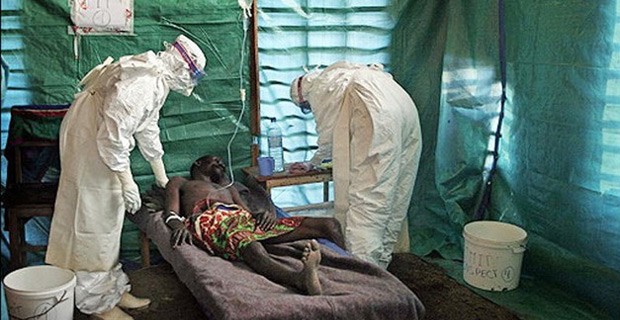Ebola outbreak has killed more than a thousand lives, and this being the worst ever recorded. Ebola disease is a disease of humans and primates caused by the Ebola virus. Symptoms are two to three weeks after contracting the virus Ebola fever, sore throat, muscle aches, and headaches. Followed by vomiting, diarrhea, skin rash, and liver and kidney function decline.
Here are some things you should know about Ebola, one of several viruses responsible for Ebola hemorrhagic fever (Ebola Hemorrhagic Fever / EHF):
- World Health Organization (World Health Organization / WHO) called Ebola as one of the most deadly diseases known to man.
- Ebola kills up to 90% of people infected with the virus. Five species of Ebola have been identified so far and that is named Bundibugyo, Sudan, Zaire, Tai Forest, and Reston. The first three species are very dangerous with a fatality rate of up to 90%. Ebola Zaire is a species that infects the liver sufferers are widespread today. While the Reston species have been identified in China and the Philippines, but no deaths were reported in these countries today.
- The Ebola virus first appeared in 1976 in Nzara, Sudan and in Yambuku, Democratic Republic of the Congo. Namanay named after the Ebola River which is located near the village where the outbreak occurred Yambuku.
- Ebola can be transmitted by humans and animals. The virus is transmitted through direct contact with blood, secretions, or other bodily fluids. Fruit bats are considered to be the natural host of the Ebola virus. In addition, this virus is also growing in the body of a gorilla, chimpanzee, porcupine, and antelope.
- Ebola spread rapidly through human-to-human transmission, family or friends who care human infected with this virus. Health workers are often infected while treating Ebola patients. The virus is known to spread at a funeral where mourners touch the body of the victim.
- Symptoms of Ebola disease can arise from two to 21 days after exposure to the virus. Common symptoms such as skin rash, red eyes, making it difficult to diagnose in the early stages.
- 7 Ebola virus is spread in the blood and crippling the immune system. Ebola is often characterized by sudden onset of fever, great weakness, muscle pain, headache, and sore throat. Followed by vomiting, diarrhea, rash, impaired kidney and liver function, as well as internal and external bleeding from the nose or urine of patients.
- There is some experimental therapy of Ebola Three treatments have shown very promising results in monkeys. So far, there is no cure or vaccine for Ebola disease were found. (Reuters / AFP / Straitstimes)

Tidak ada komentar:
Posting Komentar